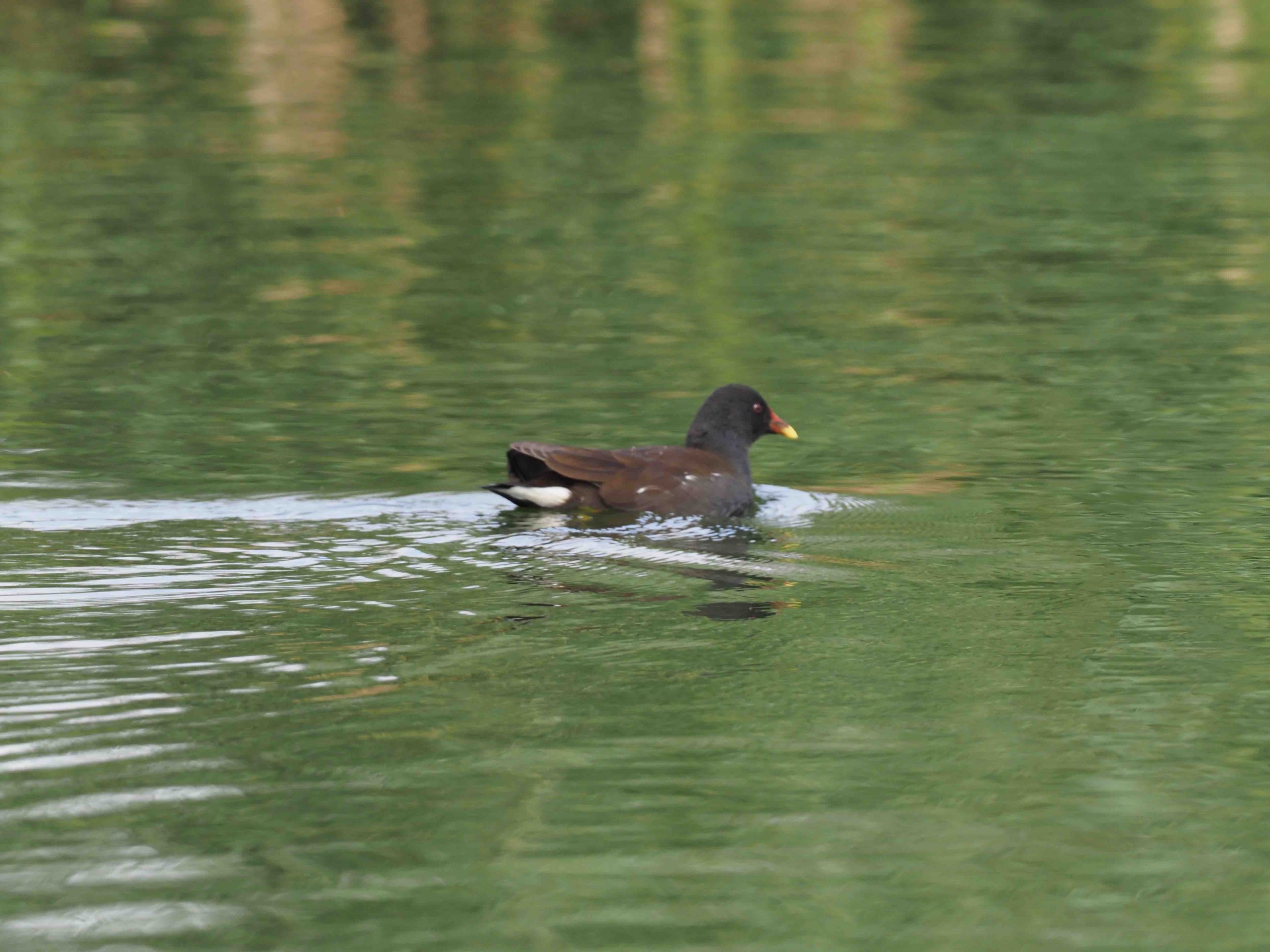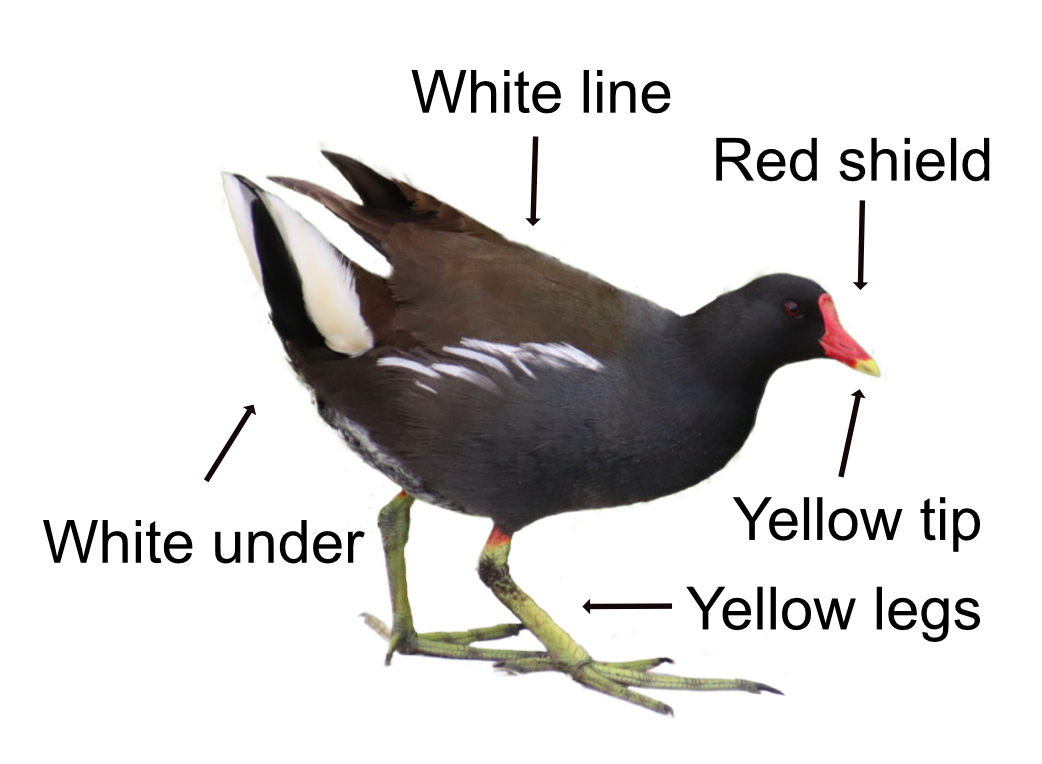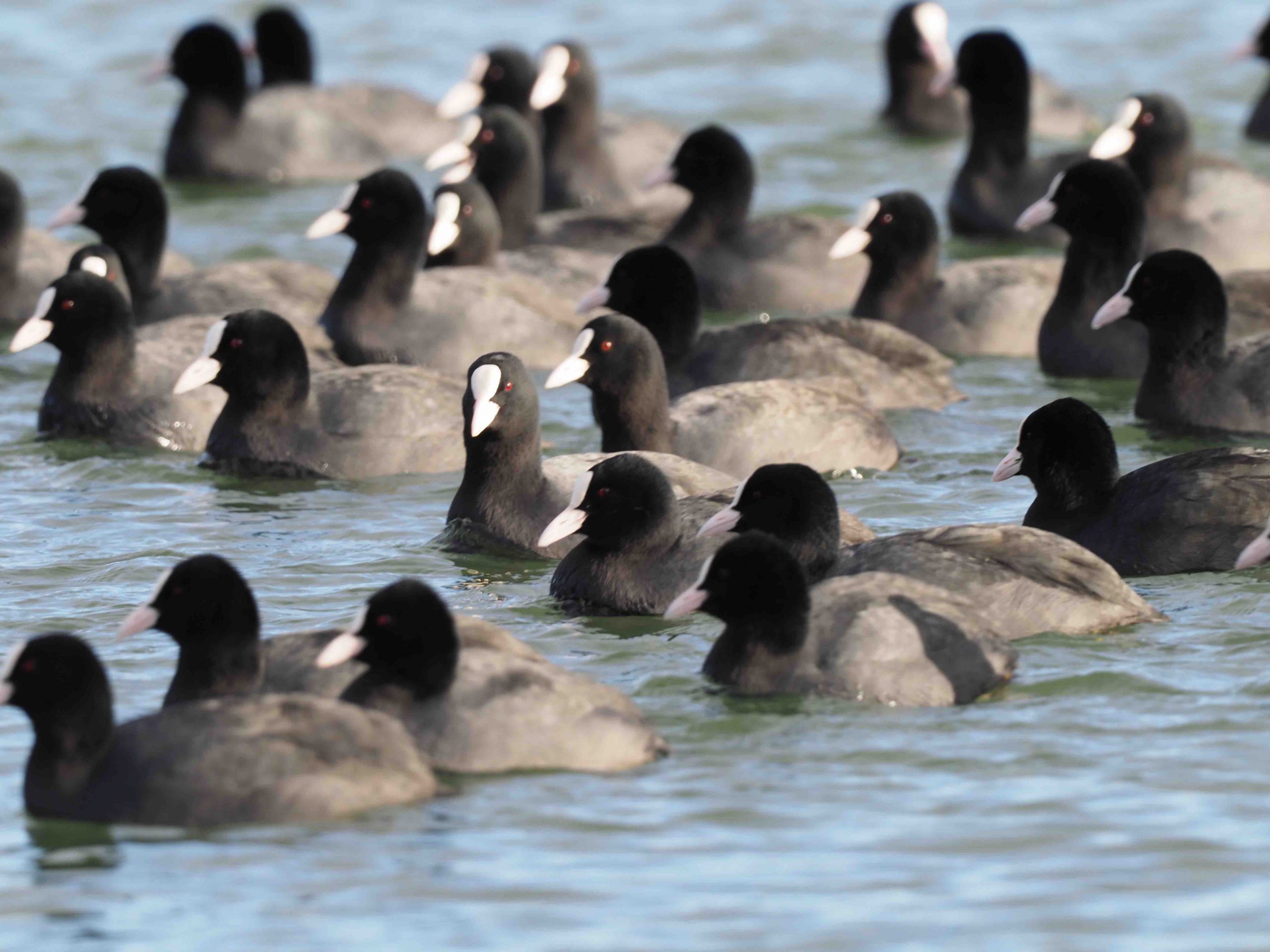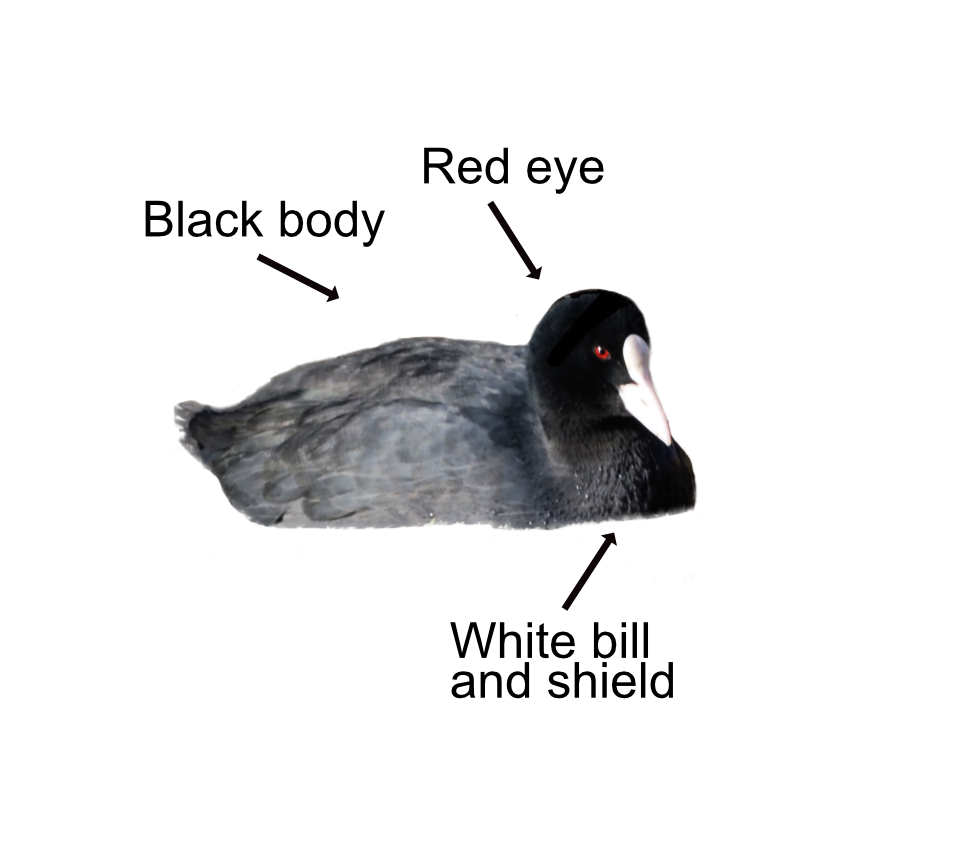
The symbol of elegance, the Common Crane is a majestic bird. Although originating from distant lands, it is now quite happily living in Britain. It is the largest wading bird in Europe and, as astonishing as it may sound, Common Cranes are closely related to Rails, Coots and Moorhens!
The Common Crane has long legs and a long narrow neck. Its plumage is blueish-grey. Its head and the top of its neck are black and white and there is a patch of red on the crown. In flight, its neck and legs are outstretched, which makes it easy to differentiate from Herons. Their flight call is a loud, bugling "grous-grous".
Common Cranes like open areas that are cultivated where they can find large amounts of food, such as corn fields. Foraging is usually done in small groups. They are omnivores and eat a wide variety of food, from small mammals, insects, amphibians, and molluscs to plant shoots, seeds, berries and leaves.

They have an elaborate courtship display which consists of performing a kind of 'bow dance', with jumps, open wings and other loving signals. They pair for life even though they will perform the courtship display every year - to show how much they love each other. Cranes nest close to water in shallow marshes or wet heathland and become very territorial during the breeding season. When nesting, they 'paint' their bodies with mud or decaying vegetation to blend in with their surroundings. The same nest site may be used over several years. Mum lays 2 eggs in May which are incubated by both parents for a month. Once hatched, the youngsters are looked after for a further 70 days before they can fly and will stay with mum and dad until the end of their first winter. The youngsters don't breed themselves until they are at least 3 years old. Every two years, before migration, the adults undergo a complete moult, remaining flightless for six weeks, until their new feathers grow.
Cranes were once so common in Britain that 204 were roasted at a banquet for the Archbishop of York in 1465. They became extinct but are making a comeback after a re-introduction programme. There are about 70 breeding pairs in Britain and another 200 overwinter here. The small numbers make them Amber Listed. The average Common Crane can live for 26 years. Their main threats are collisions with power lines or wind turbines and the drying out of their breeding wetlands for farming.
Their Latin name is 'grus grus' where 'grus' is Latin for 'crane'. English place names with the prefix 'cran' are derived from cranes. For example; the name of Cranfield in Bedfordshire derives from the Anglo-Saxon 'crane feld' - open country frequented by cranes. There are 15 species of cranes in the world.



